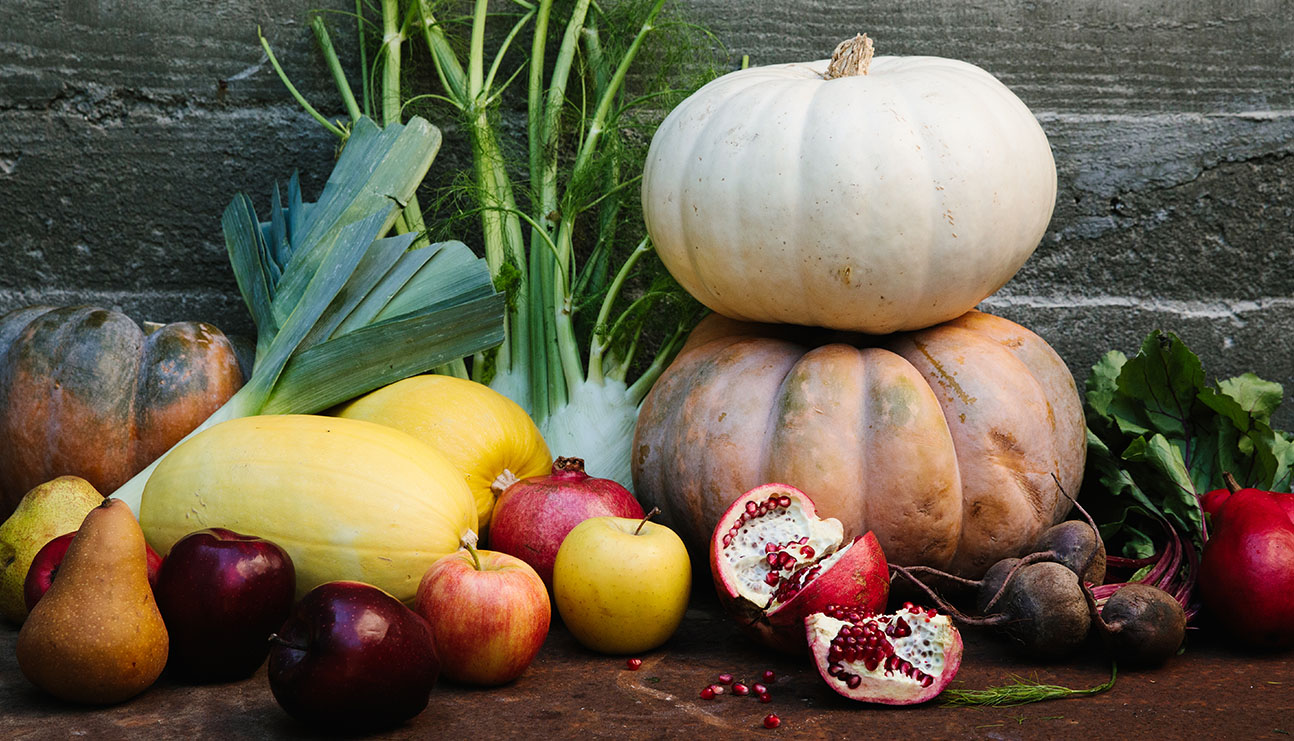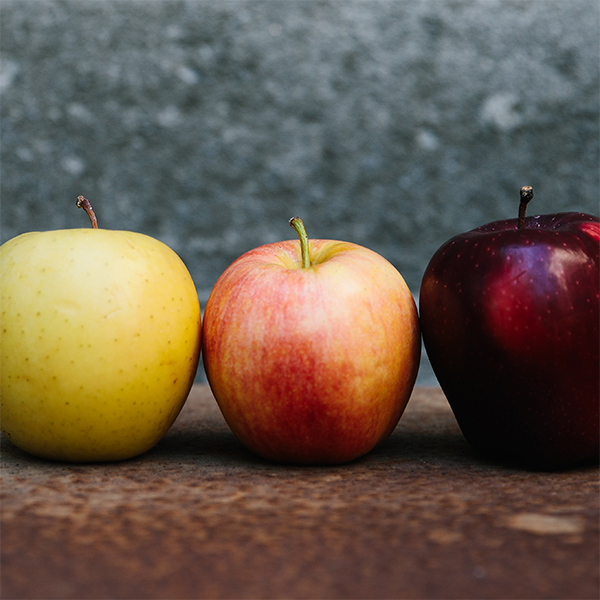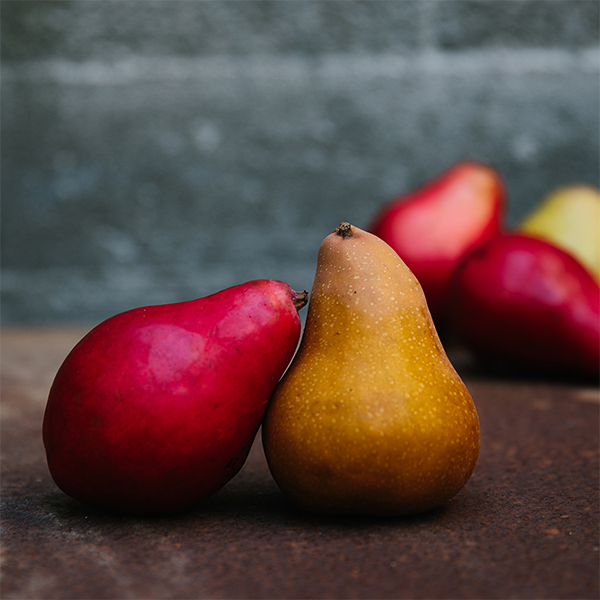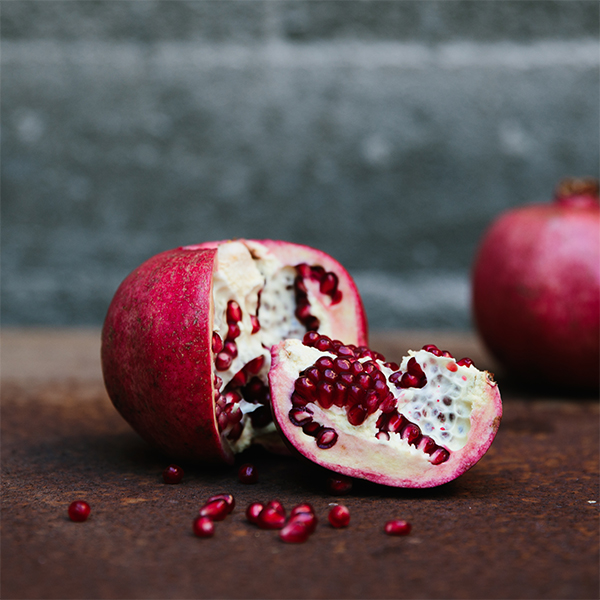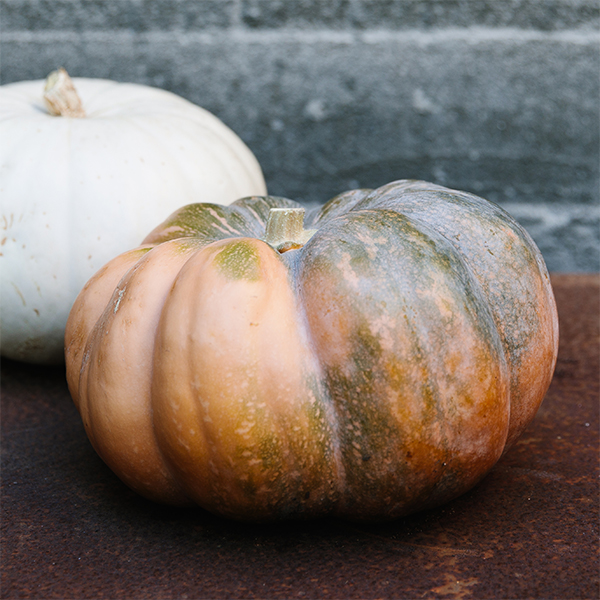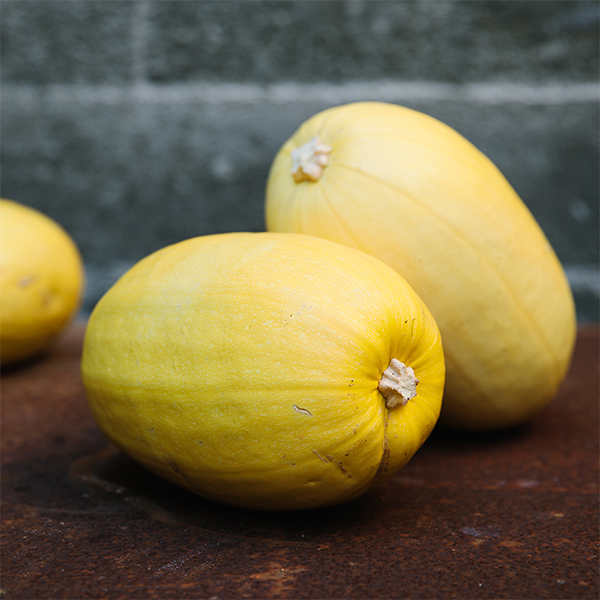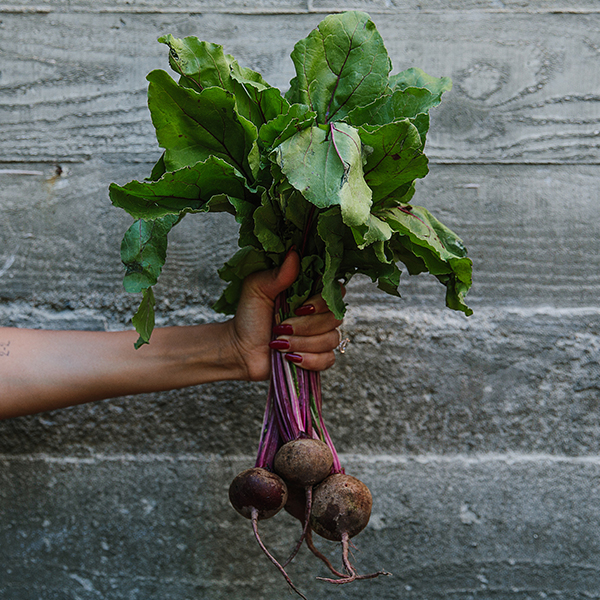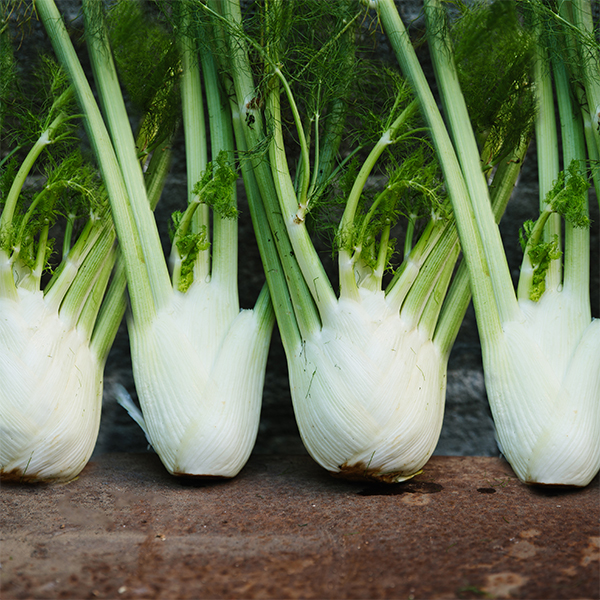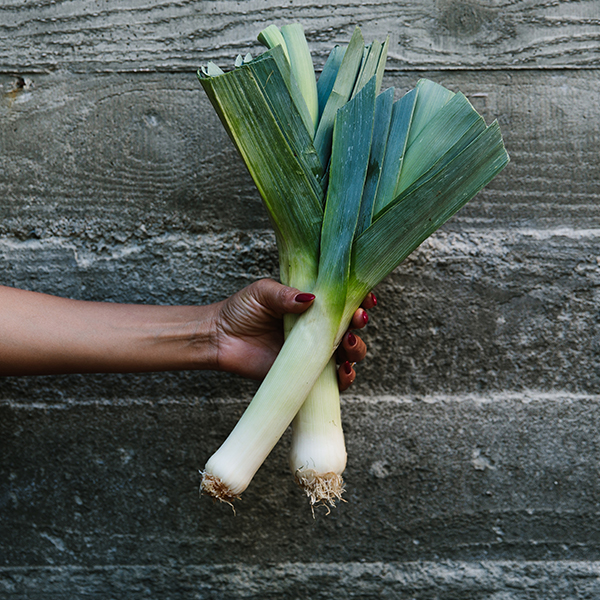Fruits And Veggies You Should Be Eating This Fall
Iona Brannon
Produce, just like seasons, change. Now that fall is here, expect to see a new variety of fruits and veggies at your local market.
Eating seasonably has several benefits. It is a sure way to vary your vitamin and nutrient intake and it’s also cost-effective. When you eat what’s in season, you’re eating fruits and vegetables at their best. They’re ripe, packed with more flavor and have a better crunch.
But what fruits and veggies should you be eating this fall?
Here is MAED’s list of fall produce so you can take advantage of what’s fresh and currently in season. Try adding them to your usual dishes or spice things up and create new favorite recipes.
Apple
One of the most common fruits found around the world, apples are easy to eat and make a great on-the-go snack. Not only are they convenient, but they’re also healthy for you. Filled with antioxidants, dietary fibers and flavonols, the saying, “an apple a day keeps the doctor away,” just may be true. Try dehydrating them or even making caramel apples for a fun twist.
Pear
This fruit surfaces often in fall recipes. Like apples, pears are high in dietary fibers (about 6 grams per pear) and vitamin C. They’re especially good for women who are pregnant or preparing for pregnancy, as they are a natural source of folate. They even contain quercetin, a flavonol that can help reduce blood pressure. Try adding pear slices to spruce up a salad or poach them for a warm dessert.
Pomegranate
Although pomegranates can be tedious to deseed, their ruby seeds are full of vitamins. If you’re looking to find a new way to incorporate vitamin C into your meals, look no further! Potassium, fiber, and anti-inflammatory flavonols, can all be found in pomegranates. If you’re trying to increase your fiber intake, don’t spit out the white pit, it’s the pomegranate’s primary source of fiber. Grab a handful for a refreshing snack or juice them to make your own pure pomegranate juice.
Pumpkin
This versatile vegetable is one of the trademarks of fall. We see it everywhere: pumpkin pie, pumpkin soup, pumpkin spice lattes, and of course, carved pumpkins. Not only does pumpkin bring a rich, orange colour to dishes, but it’s also really good for you. Pumpkin is a good source of beta carotene, the antioxidant that converts to vitamin A. It is also a good source of fiber and vitamin C. If you buy a pumpkin, don’t forget to utilize the seeds! Roast them in the oven for a healthy, delicious snack.
Spaghetti Squash
As its name suggests, spaghetti squash is a popular veggie replacement for spaghetti noodles. It’s gluten-free and low in carbohydrates, making it appealing for various dietary needs. The cousin of the pumpkin, it gets its name from its spaghetti-like fibers once cooked and is packed with A, C and B vitamins. It even has omega-3 and omega-6 fatty acids. It’s not just the noodle fibers that are nutritious. Spaghetti squash seeds are a good source of monounsaturated fats and protein. Roast them as you would pumpkin seeds.
Beetroot
One of the most common vegetables for the colder months, the beetroot is low in calorie and high in nutrients. It gets its deep reddish, purple color from the presence of betacyanin, a potential cancer-fighting pigment. It’s often consumed by athletes because it contains nitrates, believed to lower blood pressure and increase circulation. It is also high in insoluble fiber, so don’t be surprised if you become more regular (and your stool and urine take on a reddish tint!)
Fennel
Although it looks like a bulbous cross between an onion and a vegetable, fennel is actually part of the carrot family. It’s a good source of fiber and potassium and also includes folate. You can use it fresh or you can use it in its most common form, dry. Fennel seeds and leaves are usually used to season for their slight anise flavor.
Leek
With a milder taste than onions, leeks are a great source of manganese and an even better source of vitamin K and folate. Along with shallots, onions and garlic, leeks are part of the allium group of vegetables known for their high organosulfur compounds and flavonols. Studies have shown this group of vegetables to be highly beneficial for cardiovascular health. If you find you have too many leeks on hand, don’t stress about it. They stay well in the fridge for a few weeks.


